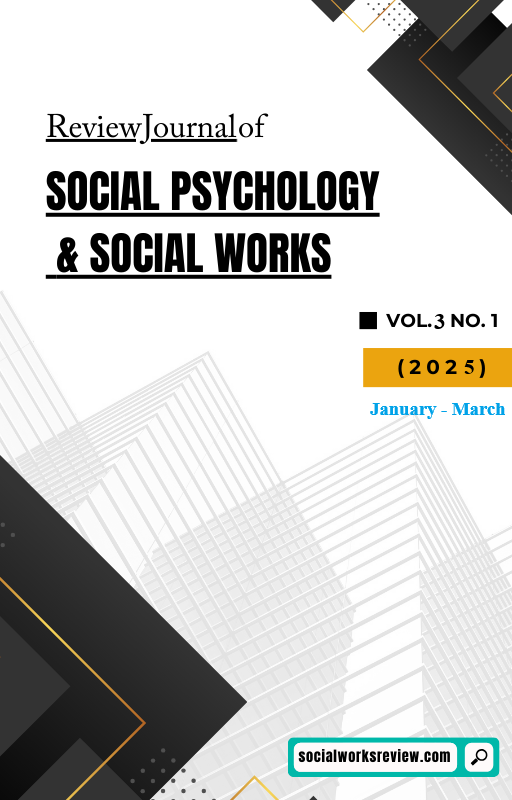Exploring How Mobile Phone Accessibility Influences Academic Performance and Digital Literacy among Rural Students
DOI:
https://doi.org/10.71145/rjsp.v3i1.143Keywords:
Mobile Phone; Academic Performance; Digital Literacy; Socioeconomic Status; Rural StudentsAbstract
Mobile phones have become more available and this transformation greatly impacts educational learning especially within rural communities lacking standard learning materials. The research evaluates how mobile phone access affects student performance through digital literacy yet socioeconomic status role as modifying variables. The research uses the Unified Theory of Acceptance and Use of Technology (UTAUT) to study how mobile devices improve learning opportunities together with digital literacy and socioeconomic status as major influencing variables. The researchers used a quantitative, cross-sectional approach to measure students' responses from 242 university participants through structured survey instruments in Pakistan. The research utilized correlation methods to evaluate direct and indirect relationships and moderating effects between mobile phone access and digital literacy with academic performance along with socioeconomic variables. The authors validated their measurement scales before using SPSS and AMOS for data analysis which included structural equation modeling and mediation and moderation technique. The research shows that access to mobile phones leads to better academic results for students (β = 0.32, p < 0.001). Students who have better digital skills obtain more improved academic results through the mediation process of digital literacy. Wealthier students gain better benefits from mobile phone accessibility because they have access to better resources and stable internet connection particularly regarding digital literacy development. Analysis of the model fit indicators demonstrates the strong validity of the theoretical relationships with CFI scores at 0.968 and RMSEA at 0.038. Fundamental information emerges from the study which instructs educational leaders and policy administrators about establishing digital literacy training initiatives alongside equal mobile device allocation in rural districts. Interventions aimed at socioeconomic equality will help bridge the digital divide in order to achieve inclusive education. The development of mobile learning strategies requires future research to examine long-term effects together with school factors and parental involvement and infrastructure conditions for optimization.





